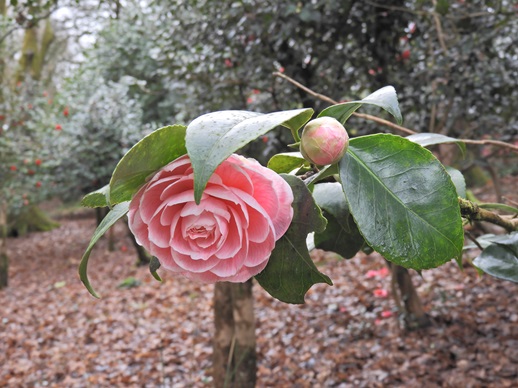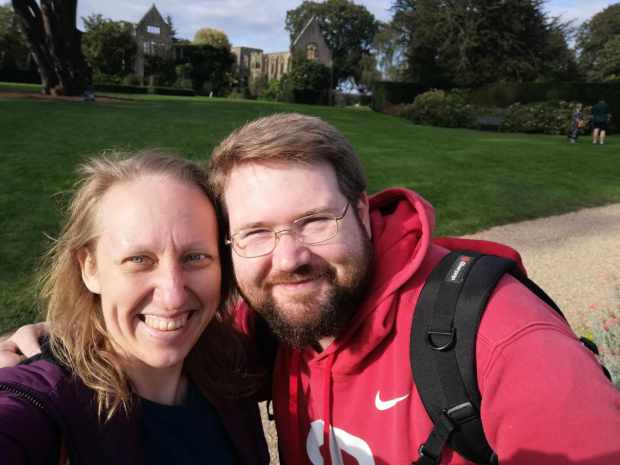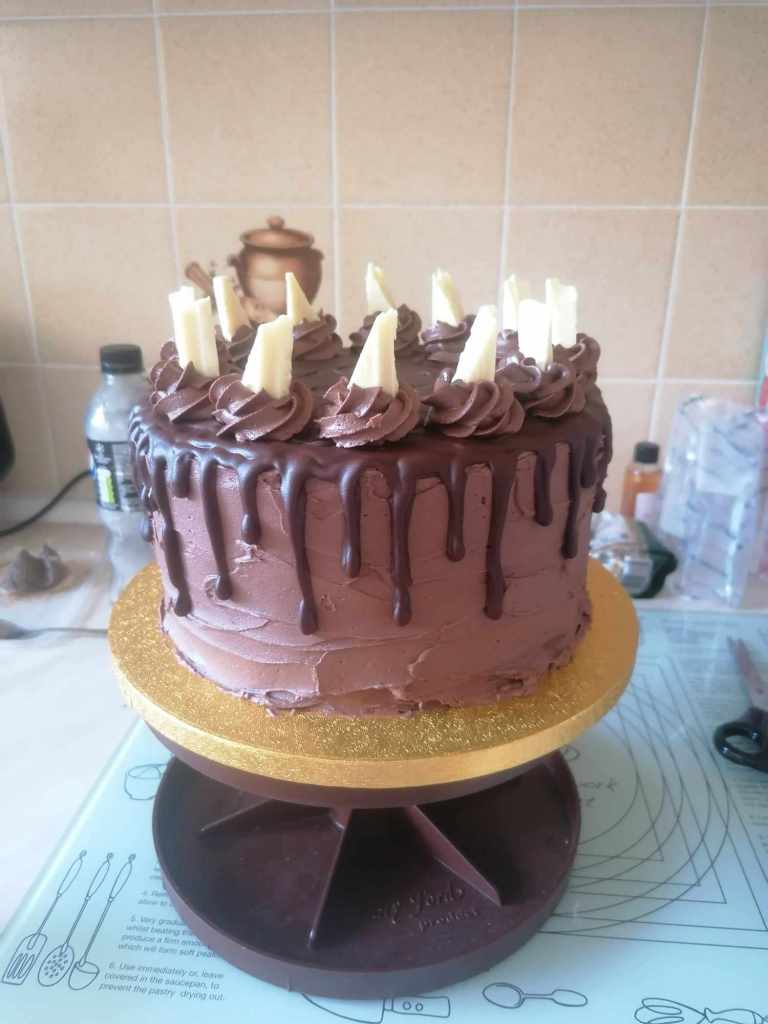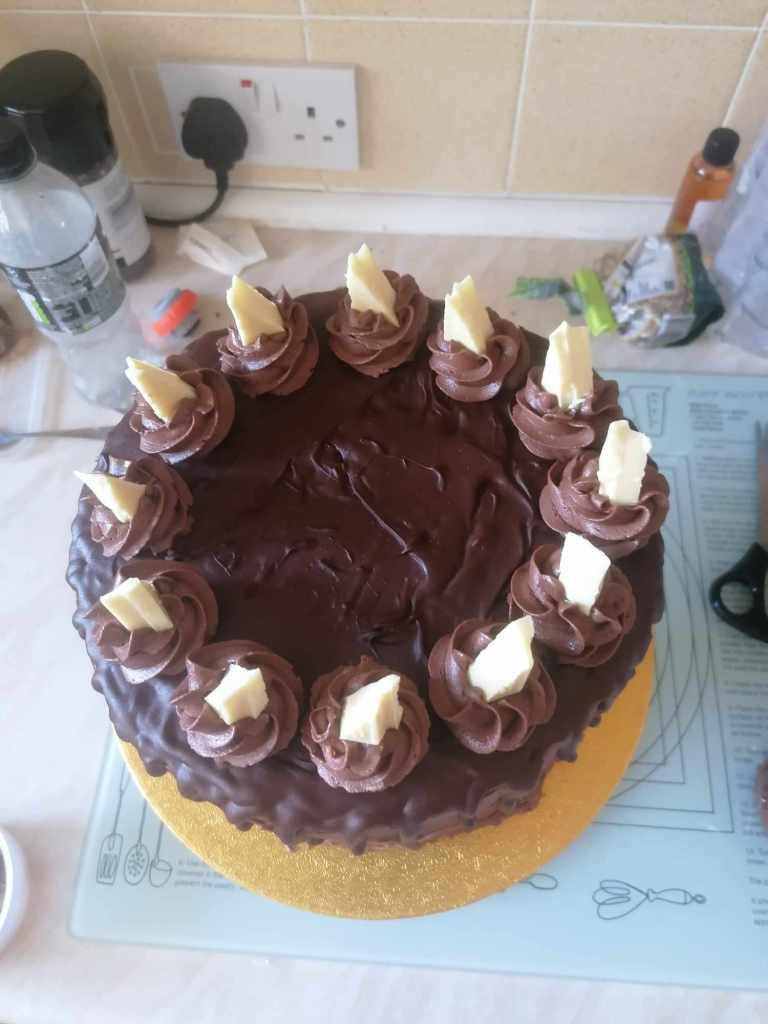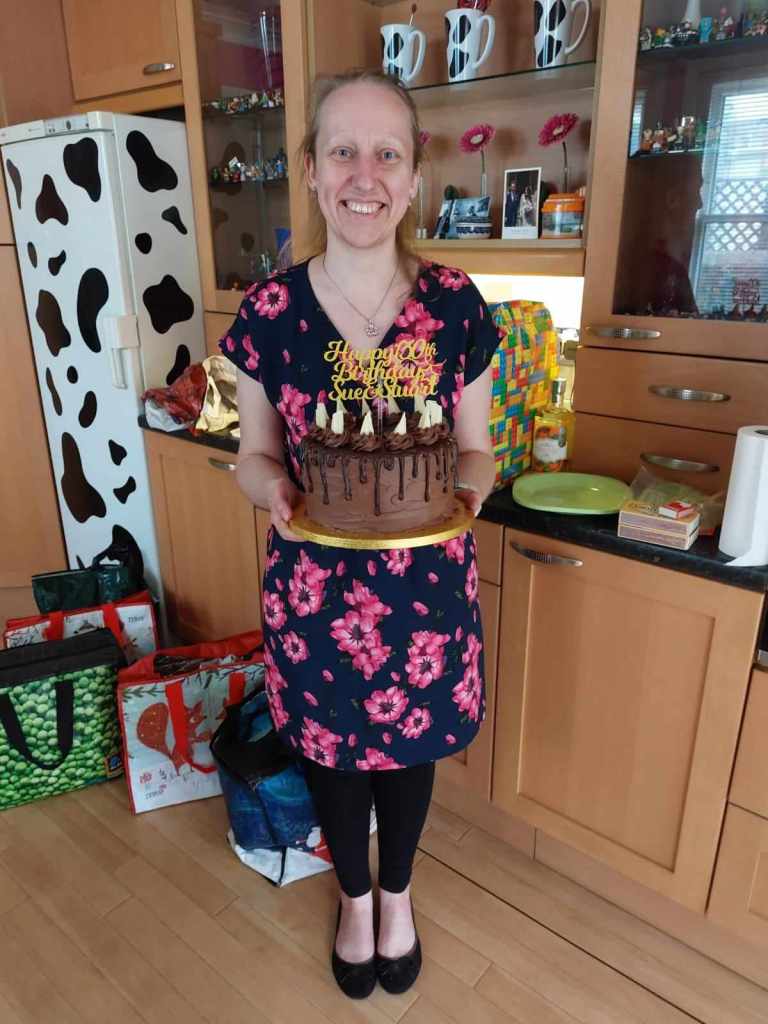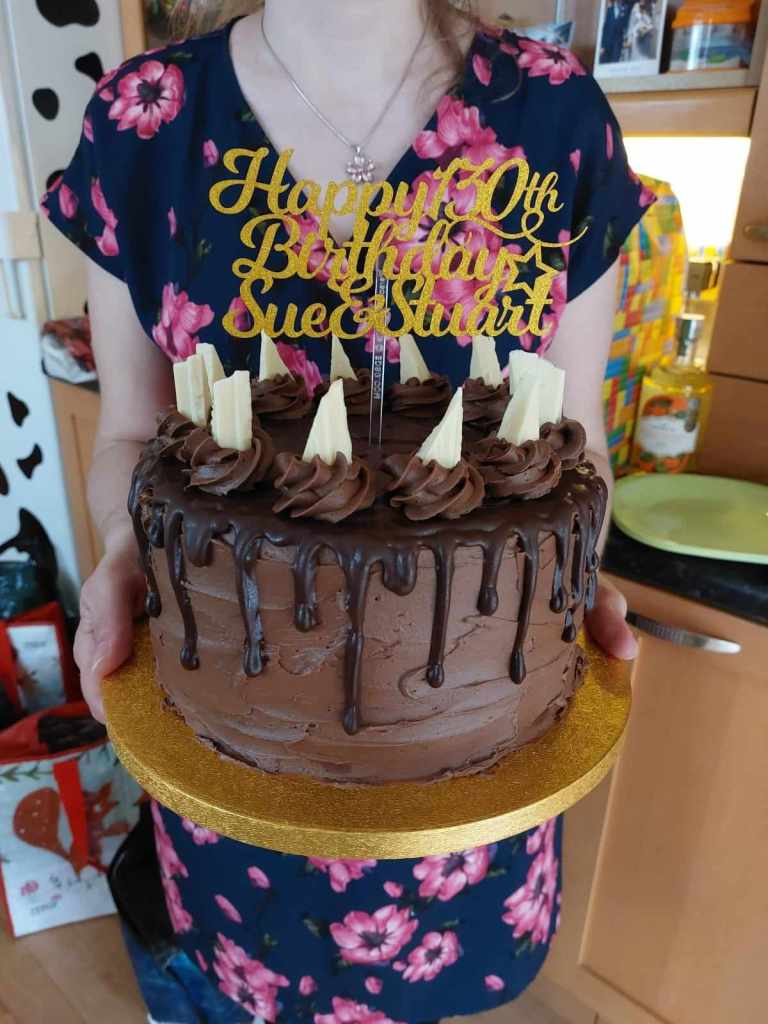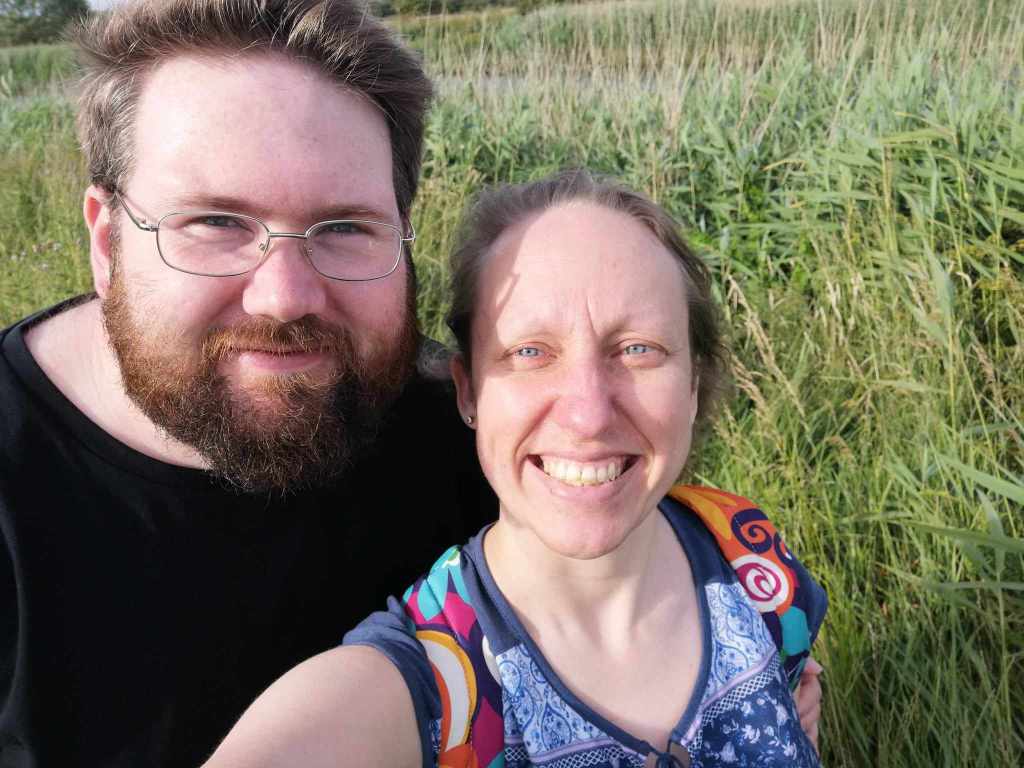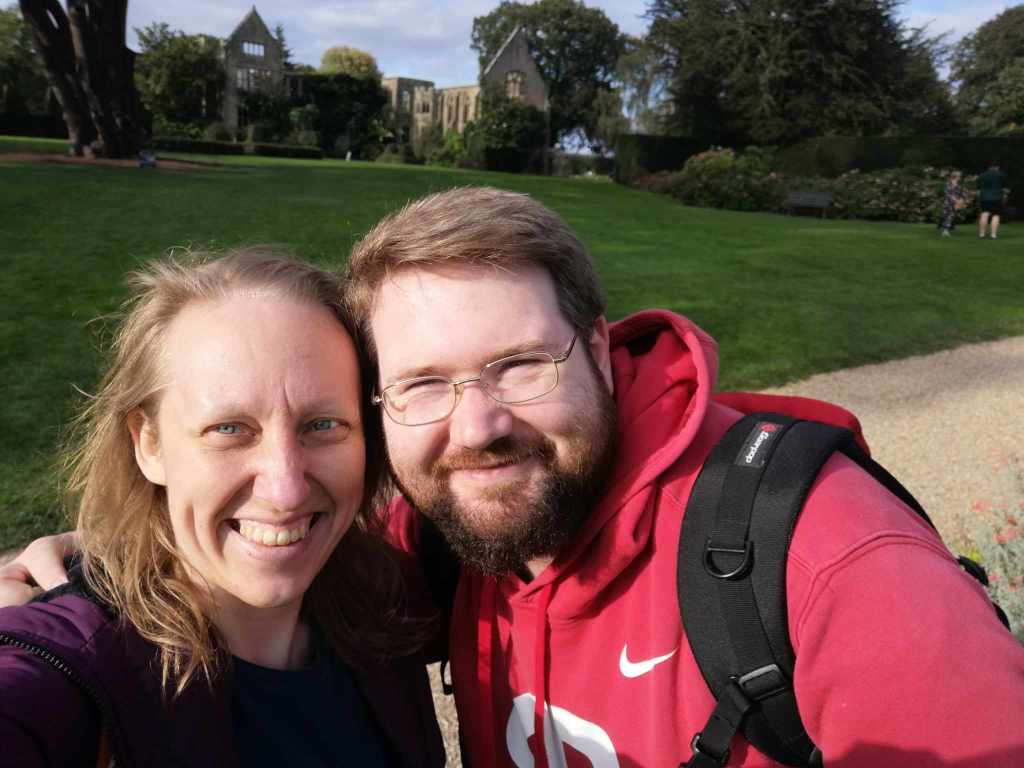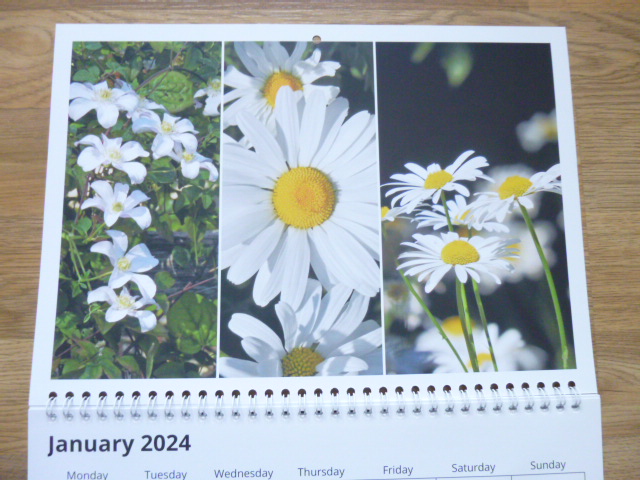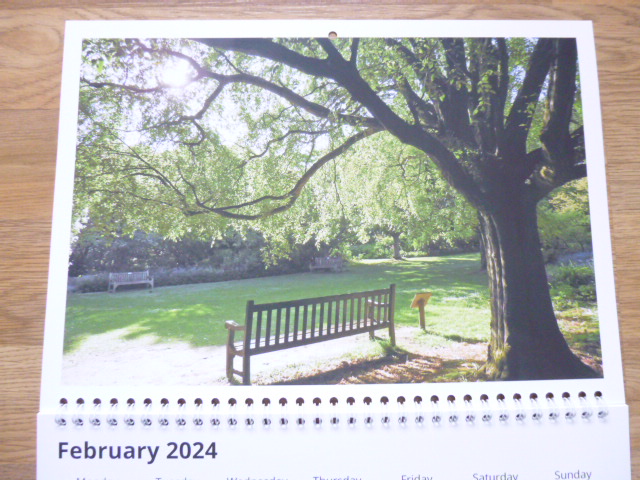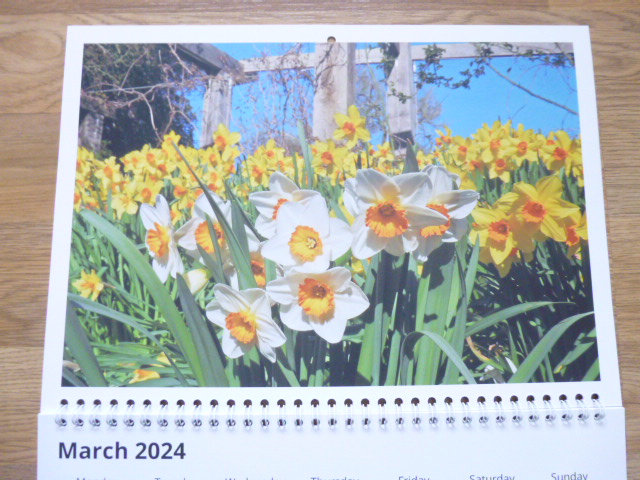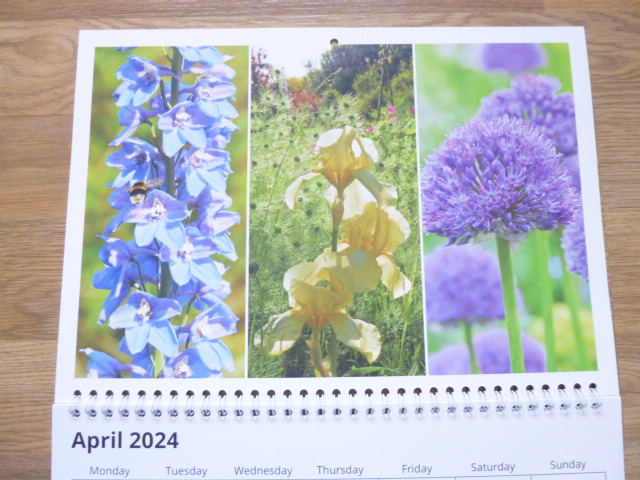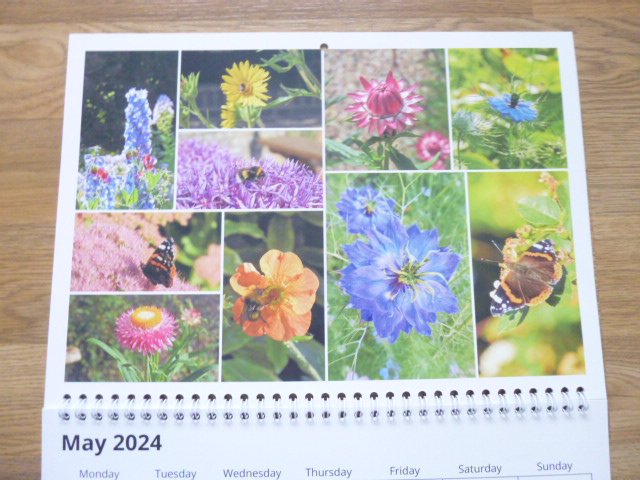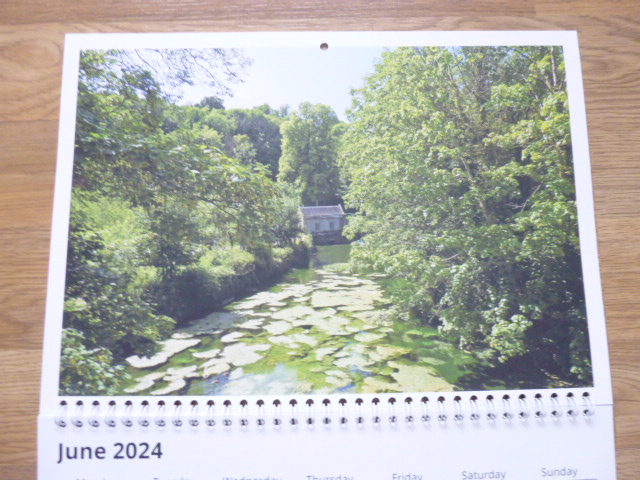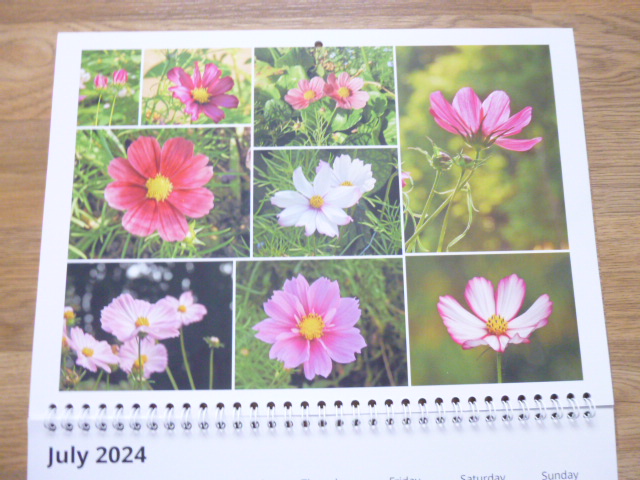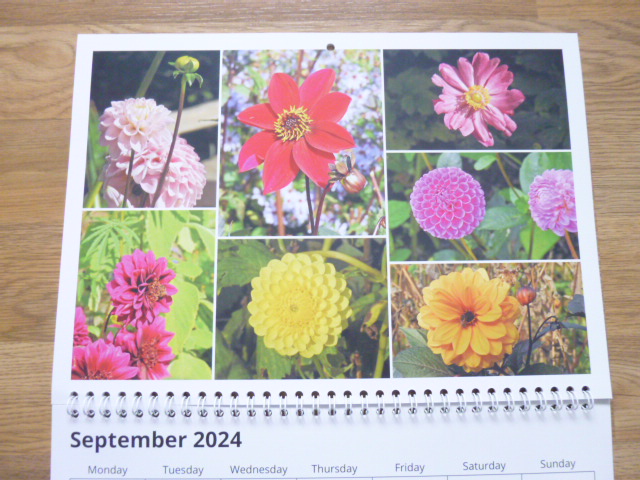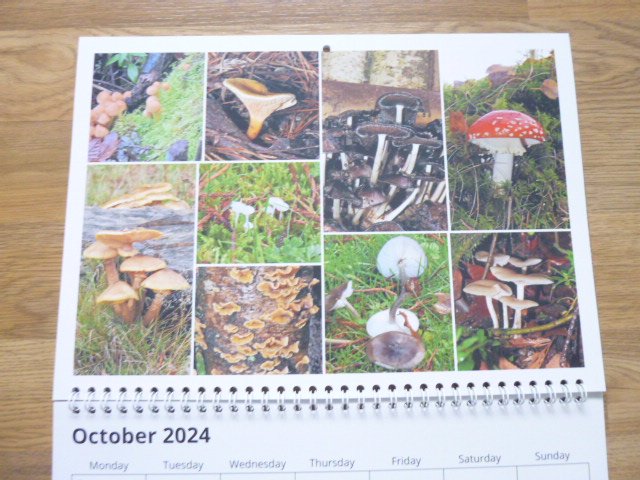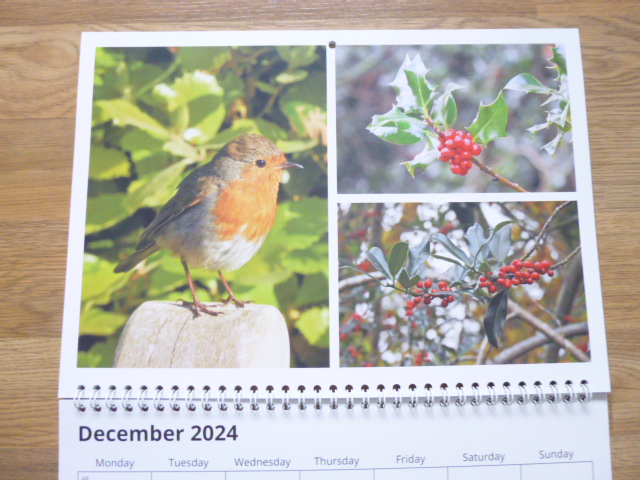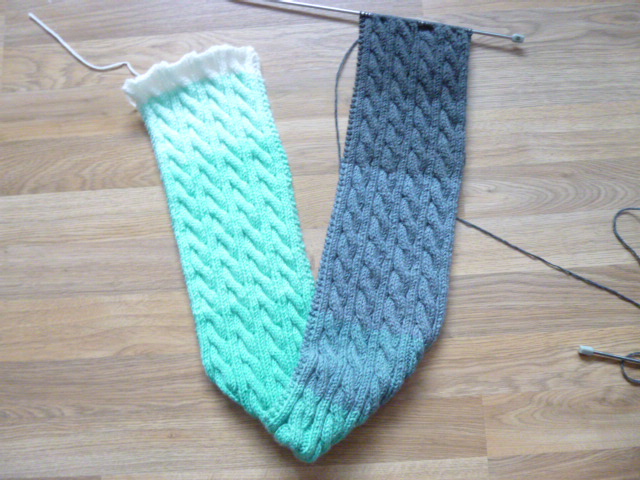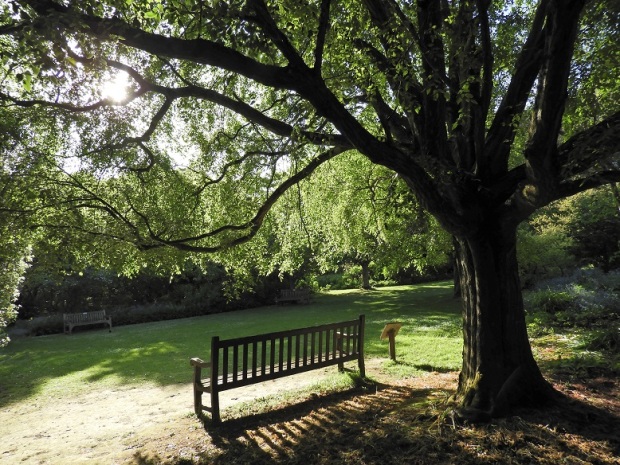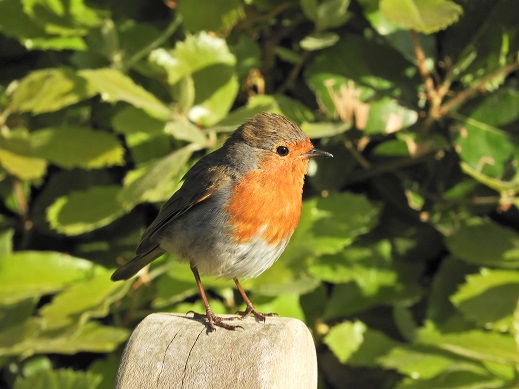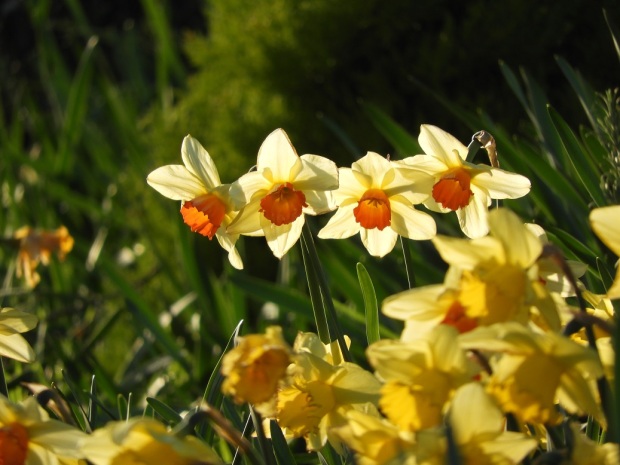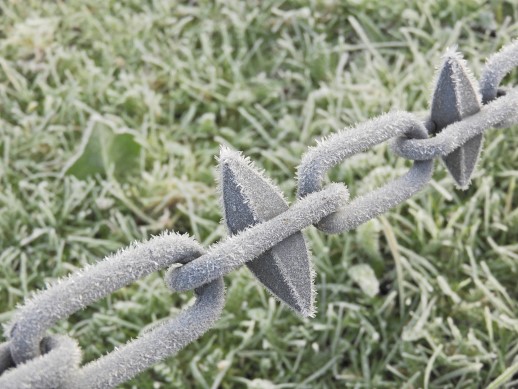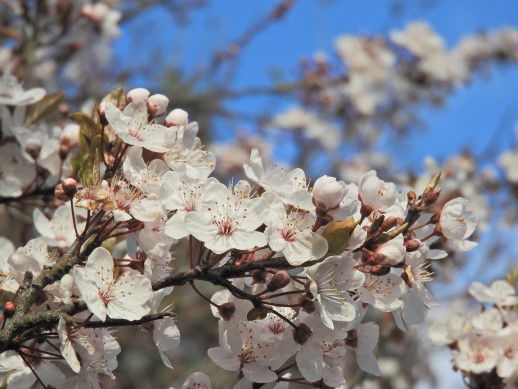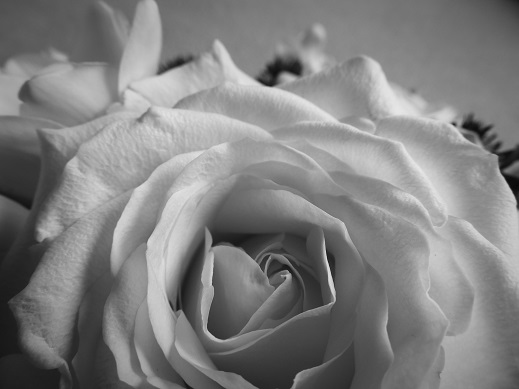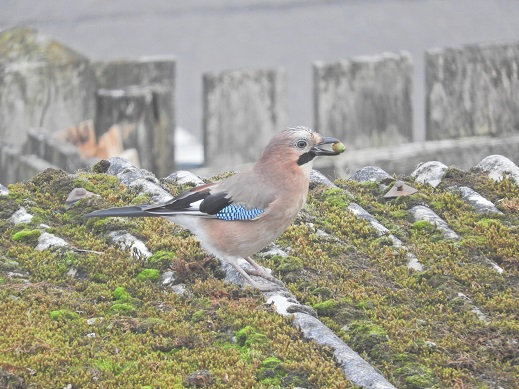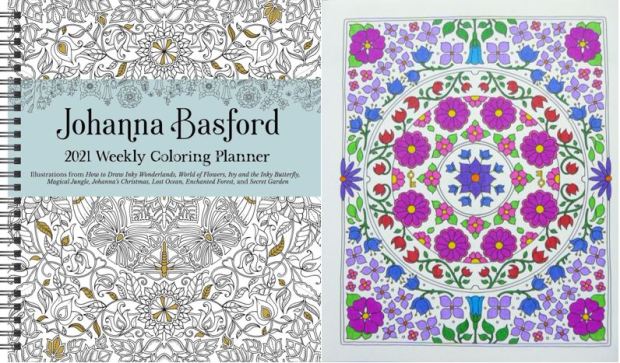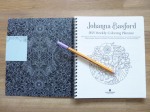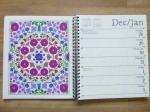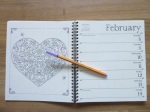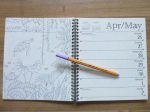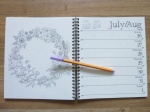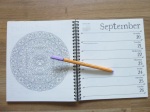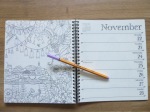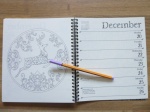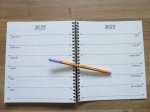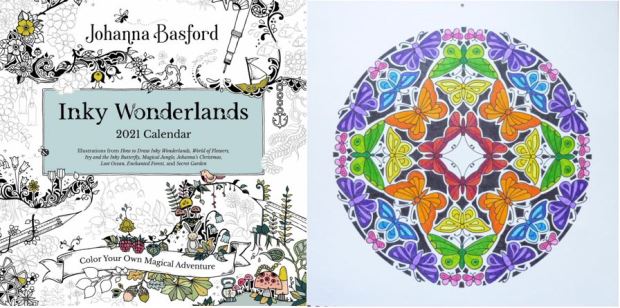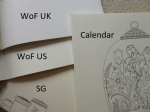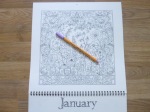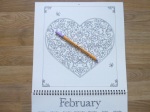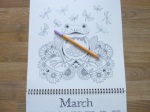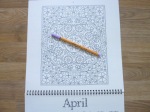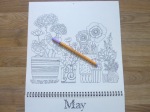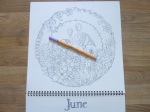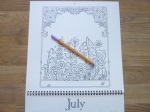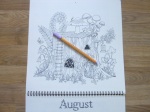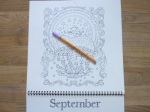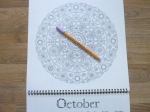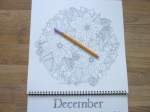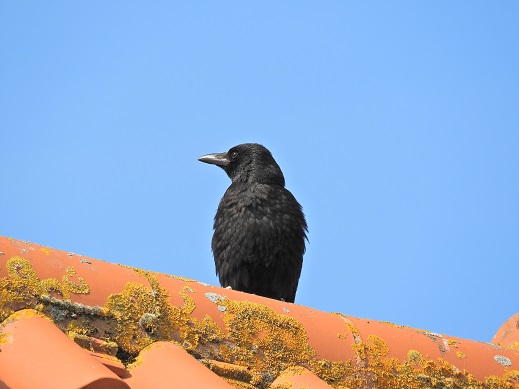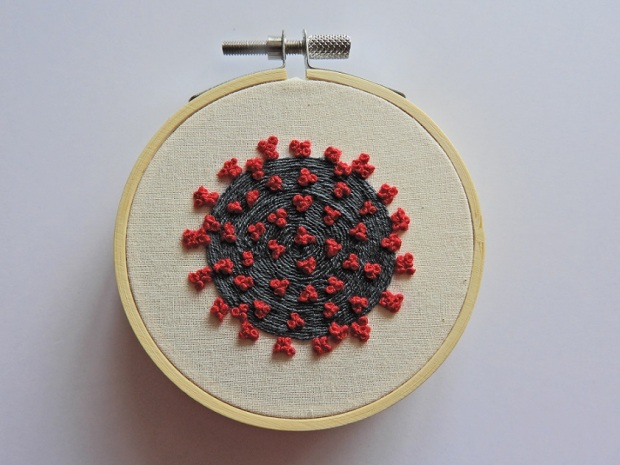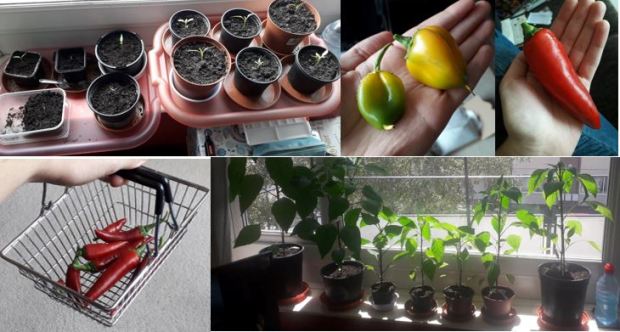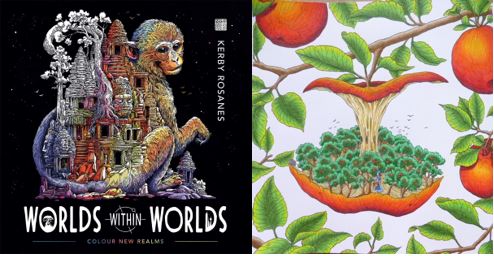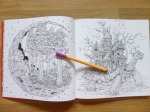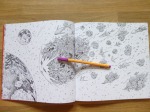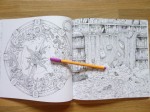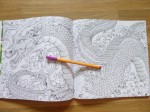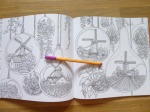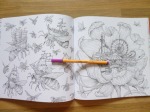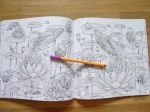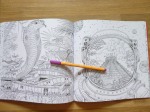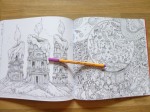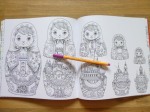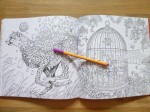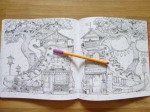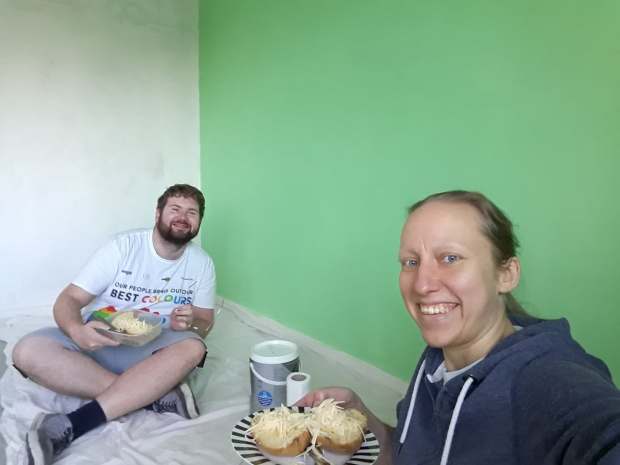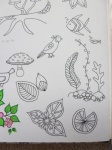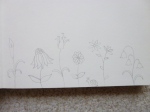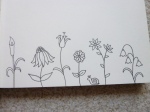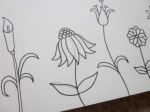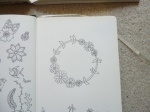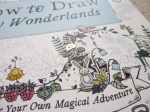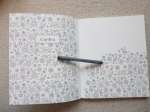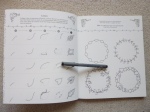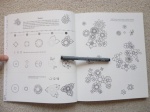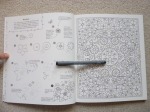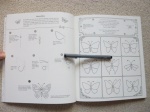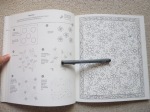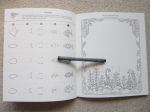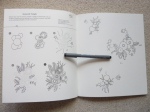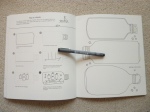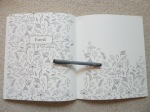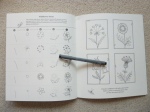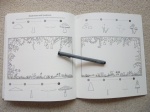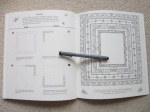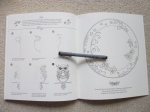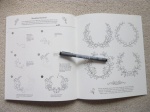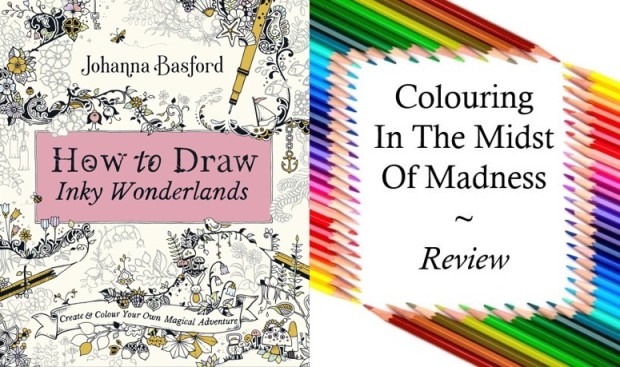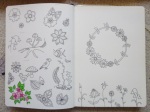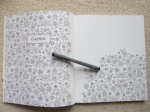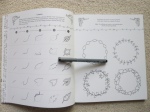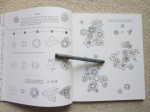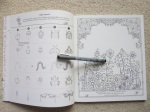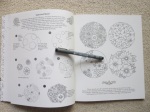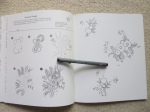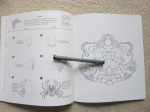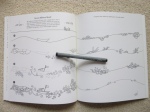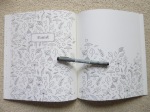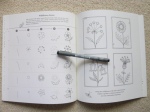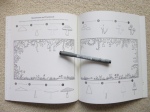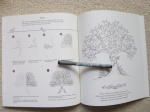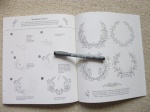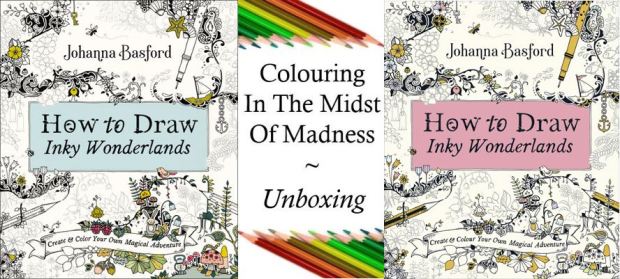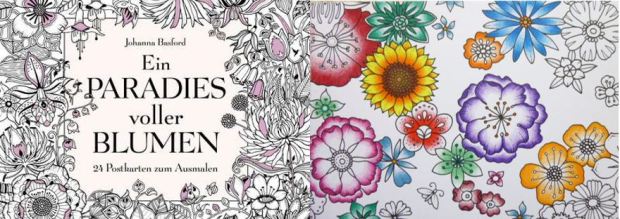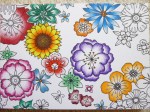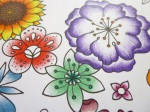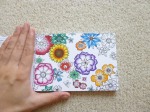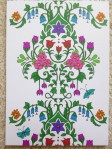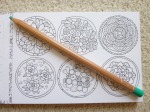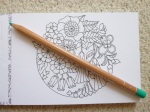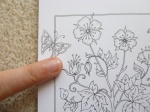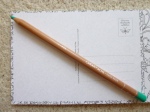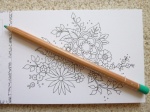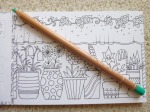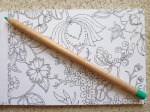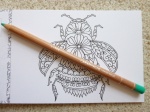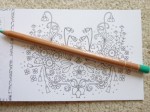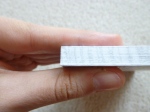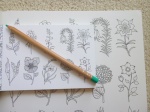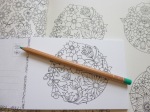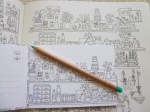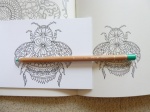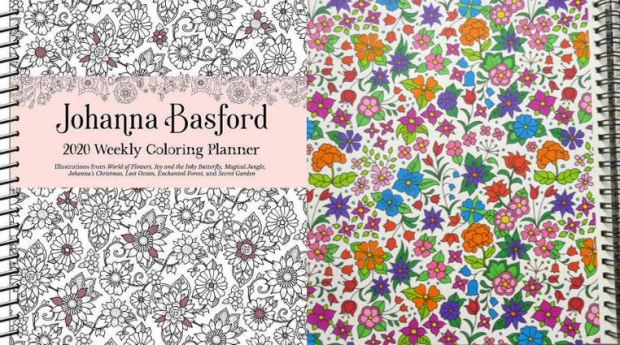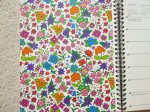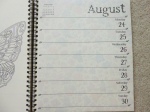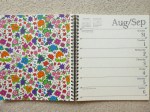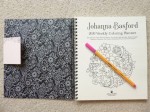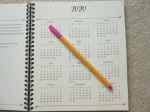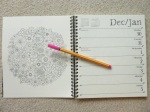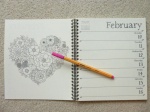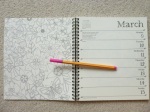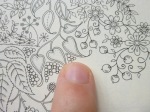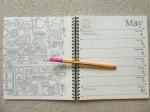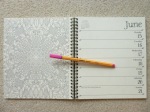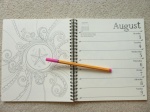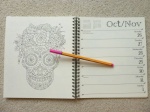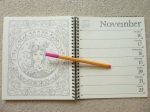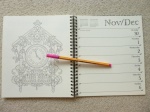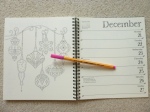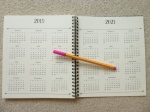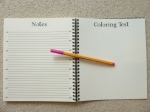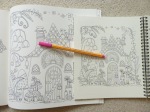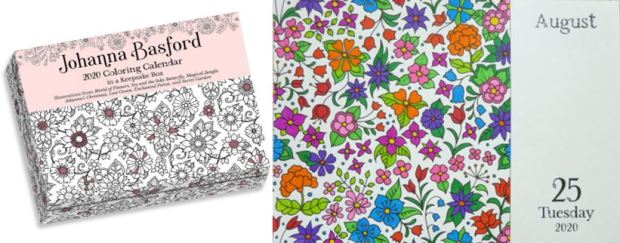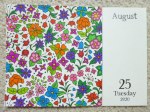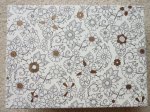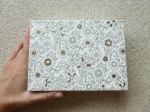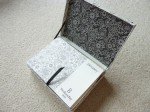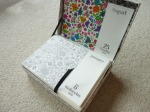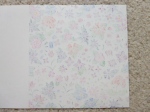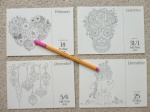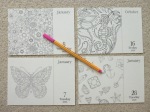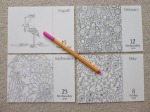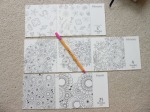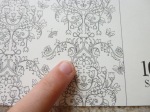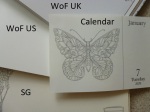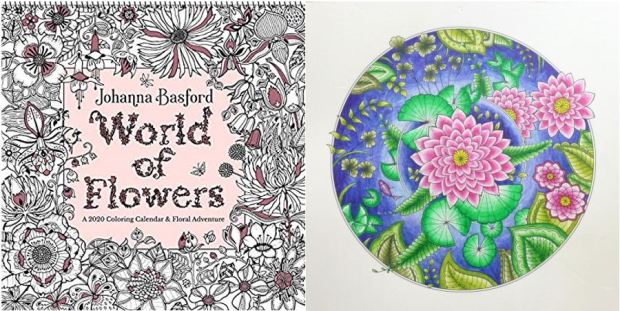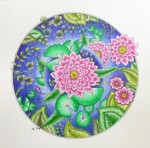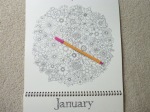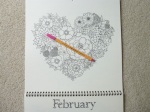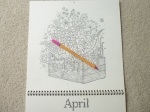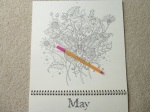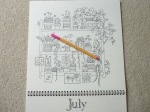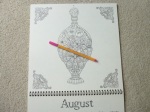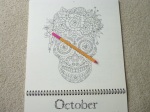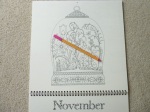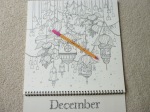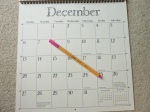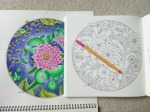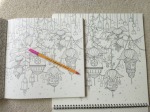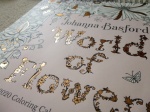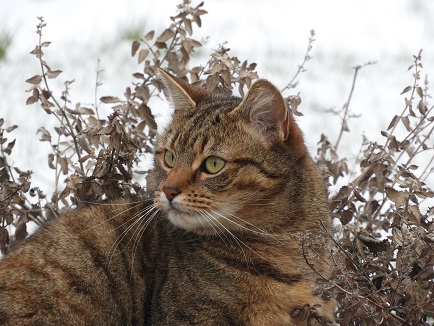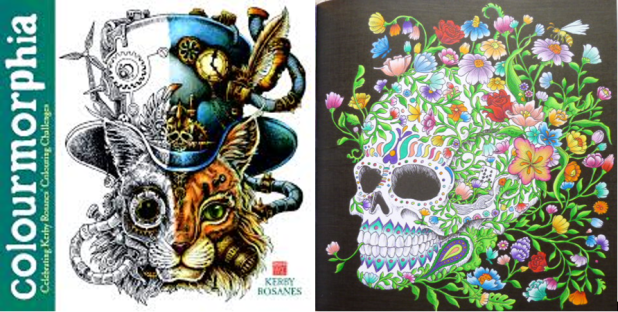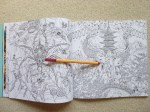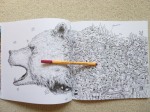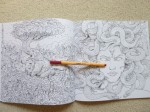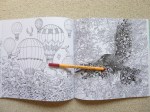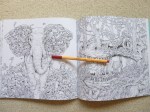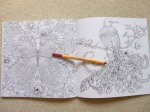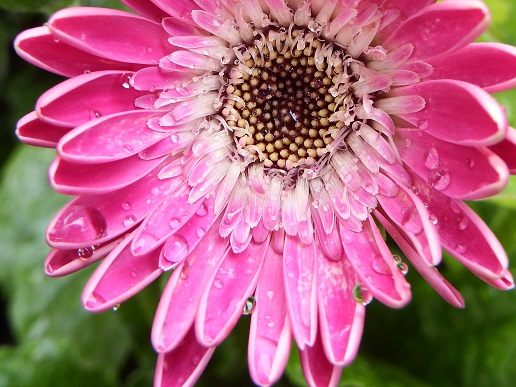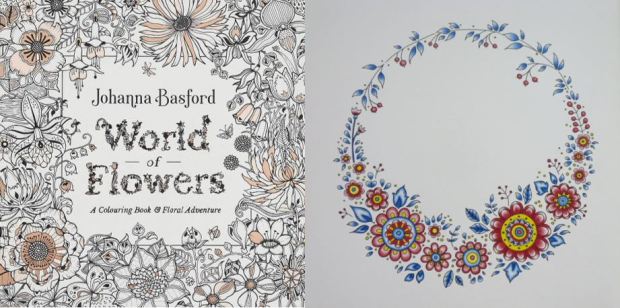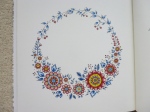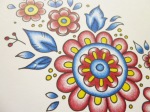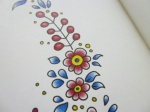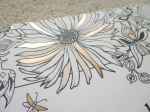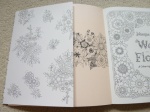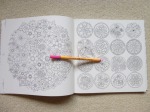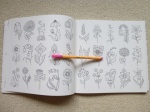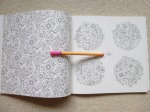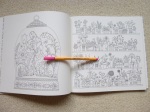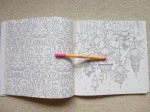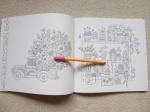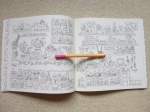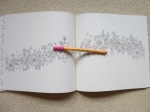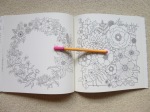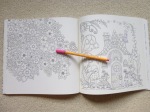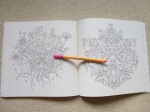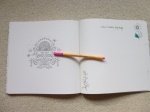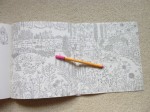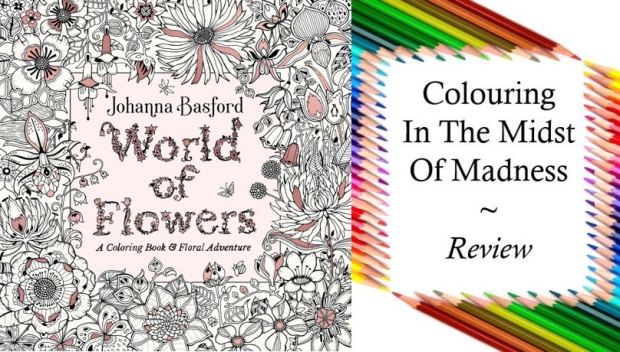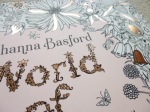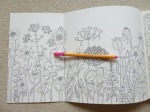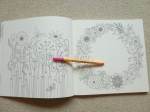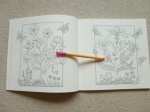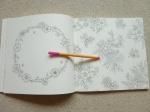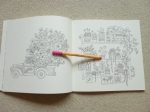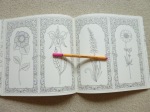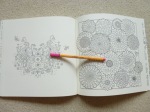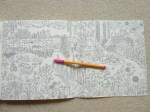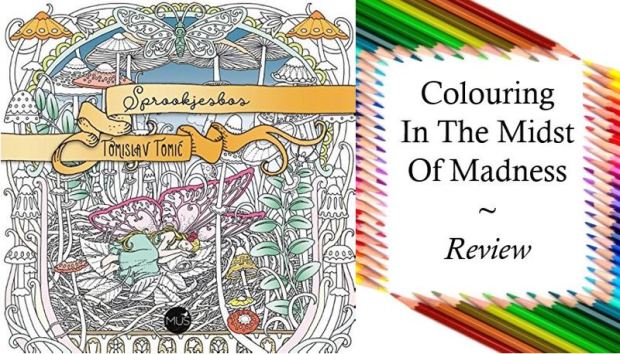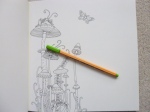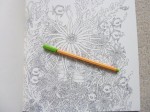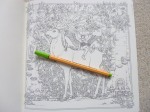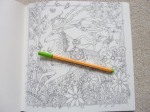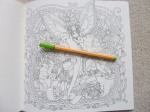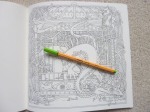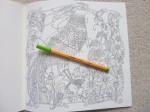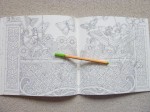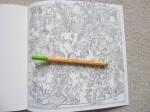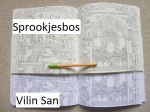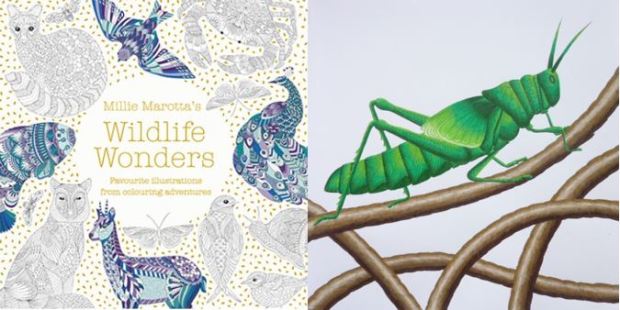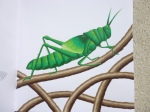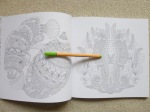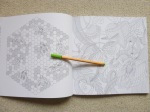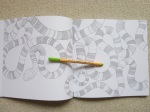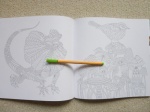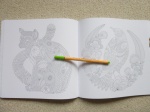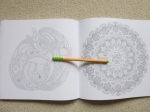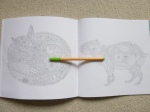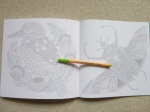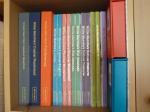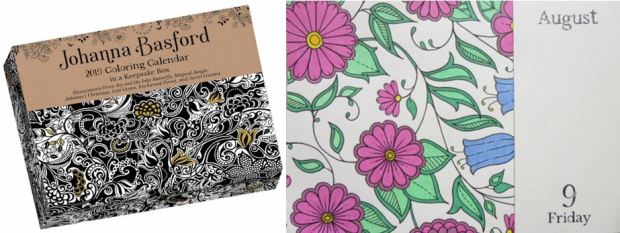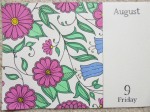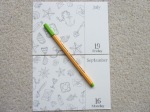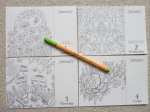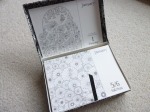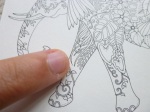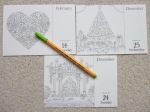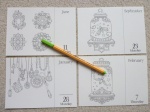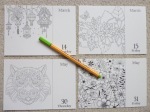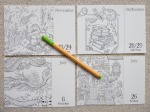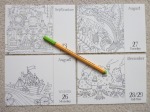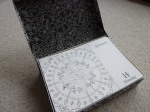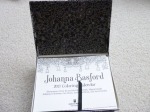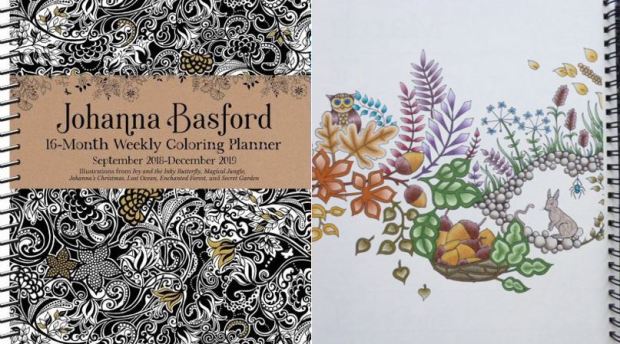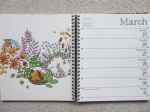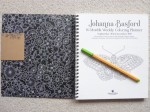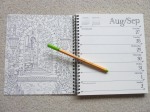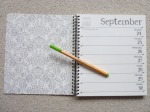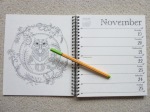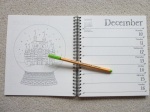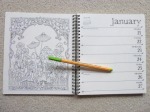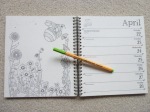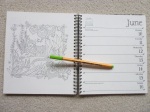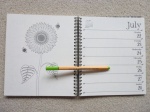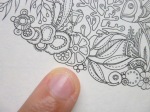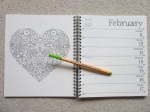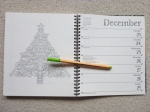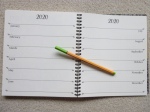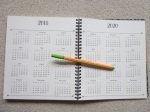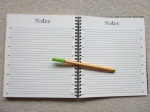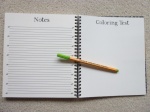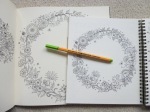For 6 years, I’ve been virtually housebound suffering from severe Agoraphobia, Generalised Anxiety Disorder and Social Anxiety. It means I’m in a fairly unique and experienced position to advise about the dos and don’ts of being indoors for a prolonged period of time. Below is a long list of suggestions that have helped me and that I hope will help you to cope and keep occupied.
Do remember that this will have an end point. Much as it’s not clear when that end point will be, there will indeed be one and it’s important to focus on that and not get too bogged down or pessimistic. For those who don’t know me, I’ll point out here that I’m not an optimist, nor am I a fan of most self-help stuff because I find it patronising and overly simplistic. I’m not involving myself in the medical side of things because there are plenty of articles already available on this and I’m not a medical expert, but I am an expert in how not to go stir-crazy when cooped up indoors for an indefinite period of time, for reasons beyond your control.
1. Create and Keep a Routine – Getting up and having a routine are absolutely key to keeping focused, motivated and having any sense of what time of day it is. You’d be amazed how quickly those things fade if you don’t stick to at least a few basic plans each day. The absolute musts are getting up, going to bed and eating at set times as those all help to regulate your body clock. Getting dressed and having activities planned for the day are also great for helping you be ready to tackle things and motivate you to get stuff done rather than lounging in front of the TV all day. Writing out a timetable can be really helpful, as well as a list of suggestions for activities and tasks to do if you get bored or can’t think of something to do at a specific time.
2. Limit Accessing of News Updates – It can be really tempting in times of crisis and uncertainty to want to be as informed as humanly possible, all the time. Stop. It’s SO bad for your mental health, won’t lead to you being more informed and is likely to just make you panic and feel sick. Choose your news sources wisely! Don’t take notice of the umpteen viral social media posts written by so-called experts that are constantly contradicting each other and spreading misinformation and worry. Pick one or even a few specific times a day where you will check on these reliable sources and then avoid the rest of the time. If you find this too much, then keep reducing down until you reach a happy medium of informed and calm-ish. If it’s all too much and you want to hunker down, then feel free to avoid all news and stay in your happy place. Do whatever it takes to stay sane and coping!
3. Be Prepared but Don’t Panic Buy! – We’re all well aware of how ludicrous the situation is in the shops right now (at least in the UK) and it’s important to be prepared and to have in the things you need for if lock-down happens or you have to self-isolate. Having enough food and supplies in is really useful but please, please don’t panic buy because it’s stopping everyone from being able to be prepared and causing widespread anxiety. If you’re able to get food in, then a great idea is to batch cook some meals to freeze so that if you become sick, you can eat nutritious food, won’t need to go shopping for a while and can just defrost and reheat instead of cooking when you really won’t feel like it. You do not need 1500 toilet rolls, they don’t taste nice or help your lungs! Make sure you eat healthily and regularly and stock up on some treats too – try to avoid eating all of them on the first day of quarantine!
4. Finances – Money is becoming a huge worry for many. Try to avoid burying your head in the sand and work out exactly where your family stand and look into what help is available to you. Making a spreadsheet of current expenditure and income can help you identify areas to cut back on, as well as showing you your budget. This puts you in the best position to act quickly and pre-emptively if things are going to worsen for you and could help you avert a crisis. The finance situation is different for everyone and changing daily so keep researching and applying for all of the support available to you and remember that even small changes can build up to make a big difference.
5. Social Contact – While we’re all having to avoid physical contact with people outside our household (and inside for those self-isolating), we don’t have to be isolated from all contact. Phone calls, emails, video calls and group chats are just some of the ways in which we can continue to socialise. Talk to people about how you and they are feeling, give each other tips of how to pass the time and talk about anything other than the virus when you can! Check in with others who you think might be struggling and rekindle friendships that fizzled out due to lack of time – there’s an abundance of that right now. Setting up cyber groups is another way of doing joint activities whilst being socially distant, things like film nights, book groups, cocktail evenings, lunch dates, debates and more can all be done via video chats or cyber groups to keep you involved and connected with each other, sharing activities and combatting boredom.
6. Plan for the Future – During scary times, it can feel all-consuming and never-ending but this will pass and there will be light at the end of the tunnel. In order to keep focused on that and to keep you getting through all of the difficulties and things you currently can’t do, rather than focusing on what you’re missing, put all of those things and the things you’re looking forward to doing once this is all over, into a list. Keep adding to it each time you think of something new and it’ll give you all sorts of ideas for how to fill your time once this period of isolation and restriction comes to an end. It’s highly likely to increase your enjoyment and gratitude for the ability to do those things once you’re finally able to again. I never get over the novelty of feeling the wind on my face having spent the majority of the last 6 years indoors.
7. Use this as an Opportunity – You’re likely to suddenly have a lot of time on your hands and while that might seem like a dream come true, the novelty quickly wears off. Rather than letting the boredom set in, use this as an opportunity to get tasks done that you’ve been putting off, to learn new things, to start something that you’ve always wanted to and even to re-evaluate your priorities and make changes to your life. It’s easy to get caught up in the day-to-day busyness of life and forget that we can change things we don’t like and put more time into the things we do and now is a perfect opportunity to start making that happen.
8. Look After your Mental Health – This is crucial! A lot of us who have mental illnesses, have strategies and coping mechanisms to keep our symptoms at bay and enforced time at home may be restricting your ability to do some of those things. Even those who don’t have mental illness may well have things they do that keep them calm, focused and able to cope well with daily life and being indoors for prolonged periods of time is likely to have quite a profound effect on your mental wellbeing. My key suggestions would be to talk to others and tell them how you’re feeling, share tips on coping and activities to pass the time and set goals together that you can help each other achieve. Being at home can be extremely lonely and isolating but you don’t have to be mentally alone, there are a lot of us out there all in this together so head to your contact list or social media to find others to connect with and you’ll realise you’re not alone in finding this hard and that might just make it a bit easier. If things get really bad then reach out for professional help, it’s still accessible especially over the phone and online, so don’t suffer in silence!
9. Help Others – If you’re feeling bored or have any skills, services or supplies that you could share with others in order to help them then do it! Helping others is a great pastime as well as building community spirit and connectedness. In times like these, even small gestures can make such a huge difference and they help us see the wider picture of us all being in this together. Obviously, maintain social distancing whilst doing this.
10. Be Creative – As you’re likely to soon find out, there truly are only so many hours of daytime TV and trips to the kitchen to check the fridge for snacks, that one can take before wanting to climb the walls. Therefore, creating, rather than consuming, is a great way of getting out of that cycle and making your day better. It doesn’t have to be drawing or painting, it can be literally anything from writing a poem to building a shed, taking photographs to making up a dance. Anything that involves you making something or changing it and using your hands and your brain to produce something, will do just fine and it’s great for giving you a sense of achievement too because you can see the result of your efforts at the end.
11. Keep Fit – You might have to get a bit inventive here and try not to annoy your neighbours (especially those of us in flats/apartments) but getting your heart rate up and your blood pumping is a sure-fire way to help clear your head and get rid of excess energy and anxiety. If you have home exercise equipment then use that, if you’ve got a garden then get out there and run, play with a ball or even skip. For those of us who only have indoor space we’re a little more limited but thanks to the wonders of the internet you can find free workouts, yoga and Pilates tutorials, dance classes and more. You could do strength training if you’ve got weights and if not, get out some of those stock-piled tins of beans and use them instead. If motivation is tricky, then get your friends involved and hold each other to account or even video chat whilst you all do the same workout and cheer each other on!
12. Avoid Substances and Bad Habits – It’s a really tough time for everyone and it can be all too tempting to look for ways of escaping difficult feelings but leaning on substances or bad habits will only harm you more in the long-run. Try to avoid alcohol, comfort eating and any other self-destructive behaviours and talk to others if you’re struggling to manage. Keeping busy is the key to getting through as unscathed as possible.
13. Free Activities and Resources – Companies and individuals are offering free services, resources and activities, with new ones popping up daily for kids and adults worldwide. There’s everything from fitness routines to tours of zoos and museums, education and language-learning resources for all ages and abilities, colouring pages, recipes, courses and qualifications and so much more. Now is the time to start looking into all of the things you always wanted to do and never quite made the time for, be it learning sign-language, pasta-making, or crochet, there are guides to almost everything, if you look.
14. Change your Environment – If your country allows and you feel it’s safe to do so, then go outside to an open area, staying 2 metres apart. If you’re lucky enough to have a garden or a balcony then use that regularly. If, like me, you don’t have outdoor space then you have to be more creative. Watching nature programmes and documentaries is a great way of seeing outdoors without actually being out there and opening windows as often as possible to get fresh air in is really beneficial. Even just changing rooms or sitting down the other end of the sofa is better than staying in the same spot for days on end. You could redecorate or rearrange some of your living space to freshen it up and make it feel different and new. Keeping your curtains and blinds open and making sure you get enough daylight will help your mood, sense of time and your sleep pattern and although you may not notice the benefits, you’ll certainly notice the deterioration in all of those things if you keep the light out. Another great way of getting the outdoors indoors is to grow something. It’s very therapeutic to have a plant to look after, it’s good for air quality, and it can even be useful if you grow something edible – my personal favourite is chilli plants which grow pretty quickly and easily and can then be added to my cooking or saved up and made into chilli jam.
15. Working From Home – For those of you who are unexpectedly working from home, try to keep a distance between work and home. If possible, keep your work to one area of your home, keep it to specific times and outside of those don’t be tempted to check emails or do extra unless you absolutely have to. Psychologically, it can be hard to keep a mental distance when there’s little to no physical distance but our brains are really good at picking up on cues so setting routines and times that are similar to your regular work schedule and even changing clothes, eyewear or hairstyle so that you have ‘work’ and ‘home’ versions could make the difference between feeling like your work is never finished and being able to fully enjoy your free time. It requires discipline and it’s not easy but having separation really helps you to focus on the task at hand and then let it go when the time for that is over.
16. Tune Out – Although most of the things I’ve suggested involve ‘doing’ stuff to keep your mind and body occupied, you sometimes need to just ‘be’ and that’s just as important. Write a list of things that help you relax, calm down, and zone out, and plan those in so that you’re not exhausted from too much ‘doing’. Anxiety, stress and worry are exhausting, trust me, I live this every day and it’s really tiring and you’re likely to get a lot less done than you’re planning or hoping. Try to be ok with that. Plan in regular time to just ‘be’ and you might find that the rest of your time is more productive because of the breaks you’ve taken. Similarly, if you’re religious, spiritual, or have regular practices like mindfulness, meditation, or relaxation, then ensure that you’re still building that into your life, even if it means using alternative methods to access it. You’ll need periods of escapism too and reading, audiobooks, gaming and passive TV can all provide this and give your brain a much-needed break.
These are frightening and uncertain times but hopefully by following some of my suggestions, you’ll keep as calm, occupied and content as possible, until freedom is restored.
For specific, anxiety-related tips on how to cope with being housebound, you can find my post written 14 months in here.
